This piece was submitted by UC San Diego student and UCSD Guardian photographer A. Raya
Moments in history flashed through my mind like scenes of a movie as I first witnessed the disturbing Instagram post. You know the one. If not, I’m referring to the video that captured a white UC San Diego lecturer spewing hate in the form of casual jokes towards two custodial workers reportedly speaking Spanish outside of his classroom. Robert Ternansky asks his class, with full confidence, how to say be quiet in “Mexican.” After receiving laughs from his audience, he ends his racist remarks with, “let me know if they start running in here with their weapons.”
His words are a reminder of the very painful past endured by the Latinx diaspora within the American empire. There is a tradition of the dehumanization, organized abandonment, exclusion, and subjugation of Latinx people by the beneficiaries of settler colonialism and the systems designed to protect it. This is a phenomenon all too familiar to the survivors of this history — myself included. Racism is a force that serves the interest of a very few wealthy individuals whose extractive and exploitative capitalist tyranny is destroying our planet. Racism keeps the masses divided, distracted, and in constant fear of our neighbors. Where there is division, there can be no consensus, healing, or progression towards change that may spring our society toward a more just future. This is a project growing more urgent in the face of growing economic disparity and climate catastrophe. Episodes like the racist organic chemistry professor can be generative in that they force us all to confront the ruptures among us, as well as the difficult history that can help us explain them.
History proves that the attitudes of the masses have real social implications. The pattern of dehumanizing Latinx people as a way to justify violence against them begins with the conquest of present-day Latin America. The Spanish-funded expedition led by Cristóbal Colón resulted in the massacre of Indigenous peoples and the demolition of entire ecosystems as settler colonialism disrupted natural balances between Indigenous stewardship and their land. Yet, this genocidal behavior was rationalized with language that cast Indigenous people as savage, docile, and non-human beings incapable of governing themselves or responsibly stewarding their land.
This rhetoric went on to fuel many of the U.S. Government’s covert operations that overthrew democratically-elected leftist leaders and movements in places like Guatemala, Nicaragua, Honduras, and El Salvador, to name a few. The U.S. government’s foreign policy reflected a conviction around the incompetence of the citizens of these nations to exercise their own sovereignty and democracy. The implications? Decades of bloody civil wars and US-backed dictatorships in these regions. Go ahead, fact-check me.
Fast forward to the streets of Los Angeles in the mid 20th century–a time when the police were battering and bruising Chicanx, despite being drafted and dying disproportionately overseas for the war effort. An increase in urbanization during this era led to racial tensions that were exacerbated by L.A. news media consistently using young Chicanx as scapegoats for rising crime. The testimony of the L.A. Police Chief during a very famous court case highlights these beliefs. He described Mexican youth as distinct and dangerous due to their “desire to use a knife or some lethal weapon” as a result of being descended from the “bloodthirsty Aztecs.” Sounds familiar, right? These beliefs led to the eruption of violence in L.A. against Mexican youth by military servicemen stationed in San Diego. On June 3, 1943, determined to “teach the greasers a lesson,” a small army of mostly sailors and marines took to the barrios of L.A. with weapons, brutalizing any young person perceivably Latinx. This series of events is collectively remembered as the Zoot Suit Riots. With police turning a blind eye, this violence went on for days and spread across American cities.
In 2016, Donald Trump’s language describing migrants from Central America as “bringing drugs, bringing crime,” and “rapists” effectively distracted the masses from the reality of the situation. The southern borders are overwhelmed by political refugees, most of whom are women and children from the Caribbean and Central America seeking asylum from violence and threats to their physical safety.
The examples are endless. The point is: narratives matter. Hateful, xenophobic, and racist stereotypes set the preconditions for violence. When we call out this kind of language, we do so in the interest of saving lives, not simply out of hypersensitivity. Ternansky’s words are the same hateful and dehumanizing rhetoric that has cast Latinx as inherently violent and dangerous for centuries, fueling the idea that we are in need of assimilation and control. This keeps prisons overpopulated with Black and Latinx faces, police officers’ knees on necks, and division as a central force in our society which impedes societal progression as a whole.
Dear white folks,
Racialized people are tired of teaching you how to be good allies. The work in the white community has to also be facilitated by the people within it. Do better. Quickly.
Now enough about the hurt, let’s talk about healing. Por mi gente preciosa y querida, I urge you to wrap yourself in the deeply healing forces made possible through community. There are places that exist in San Diego that love, honor, and celebrate you. In my own quest to feel connected, I sought to capture some of these places in sunny San Diego.
I urge you, take to these spaces like bees take to honey and be nourished by them. The following spaces are painted with colors of tradition and culture that cultivate safety in a material and physiological sense. I hope you will take pleasure in visiting these places and do so with a sense of respect for locals, of course.
This journey begins in Balboa Park at the Centro Cultural de la Raza, located at 2004 Park Blvd., San Diego, CA. Originally an abandoned water tank, the space was transformed into a Latinx hub for art and culture as a result of community activism in the 1970s. Here, you can find rich history, movement art, exhibitions, workshops, and a safe place to be Latinx, no matter what that looks like for you. This is also home to the monthly Tianguis de la Raza, a market designed to promote an autonomous economy and community building. Don’t miss the next one on Nov. 20!
Next, let’s travel to Logan Heights, a historically Latinx neighborhood about 20 minutes from campus and accessible by the trolley. Despite years of severe gentrification and displacement, cultural gems that harbor Chicanx culture and history in Logan Heights survive. Libélula Books & Co is one of these places. Here, you will find a warm and welcoming energy, as well as an opportunity to support a Latinx, queer-owned library. Don’t see the book you’ve been searching for? Don’t worry, the staff will order it for you and text you when it has arrived. Visit this libuela soon and consistently. Our mind is our most powerful weapon improved through the sharp edges of our books.
Conveniently, down the street is the historical landmark Chicano Park, a place whose very existence is a result of Chicanx bravery and a fierce commitment to defending the barrios’ right to self-determination. Chicano Park calls Latines back to a revolutionary and community-oriented state of mind. The new Chicano Park Museum and Cultural Center that harbors the rich history behind Chicano Park is open from Friday to Sunday and is staffed by community members eager to welcome you. Trust me, it’s worth every penny in gas. The history and political education accessible here are priceless.
Our communities are places that we can take to in an effort to cope with the perils of racism in a healthy way. When we immerse ourselves in our history, culture, and comunidad, we create opportunities for joy, safety, dialogue, and strategy building. I leave you with a quote from the Centro Cultural de la Raza’s website, “as many in our community are hurting, we need to support and protect ourselves and the community spaces that bring us together.”
Viva la causa, y pa’lante mi gente.
Photo credit: A. Raya


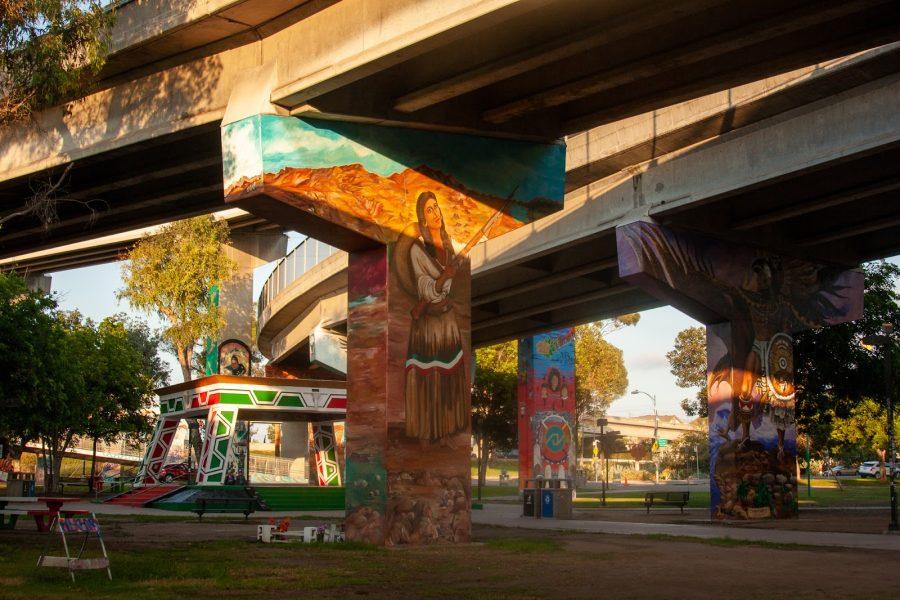















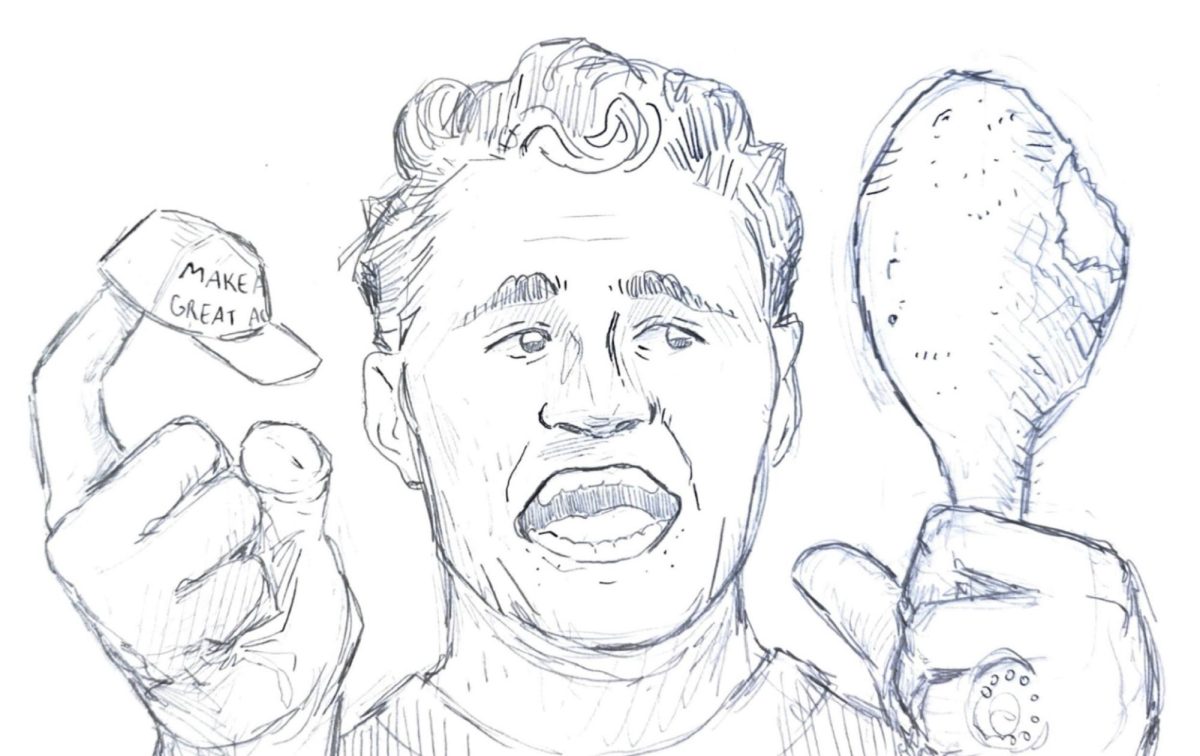
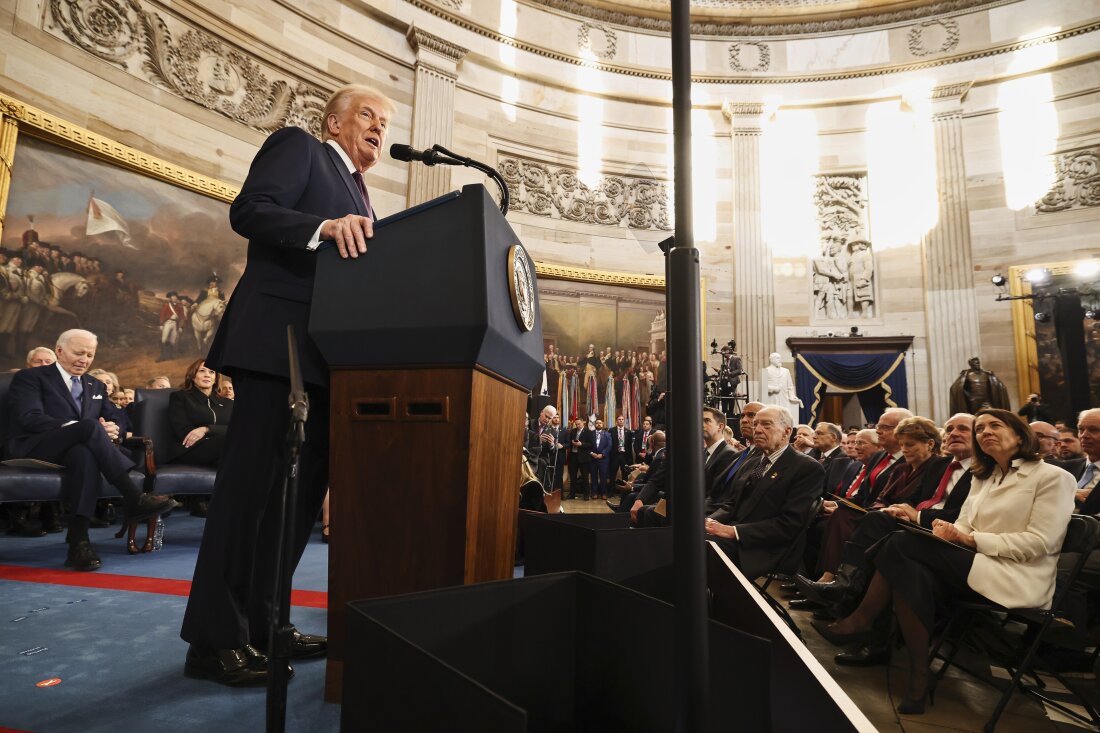
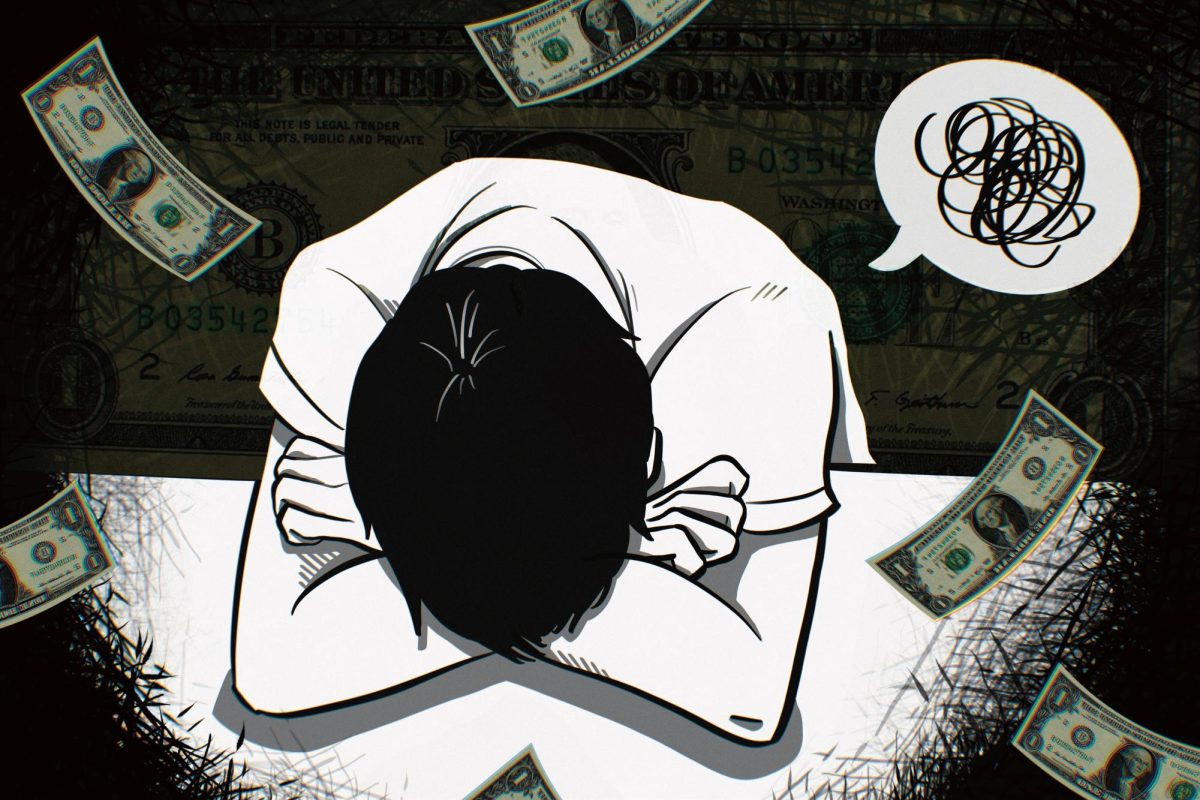
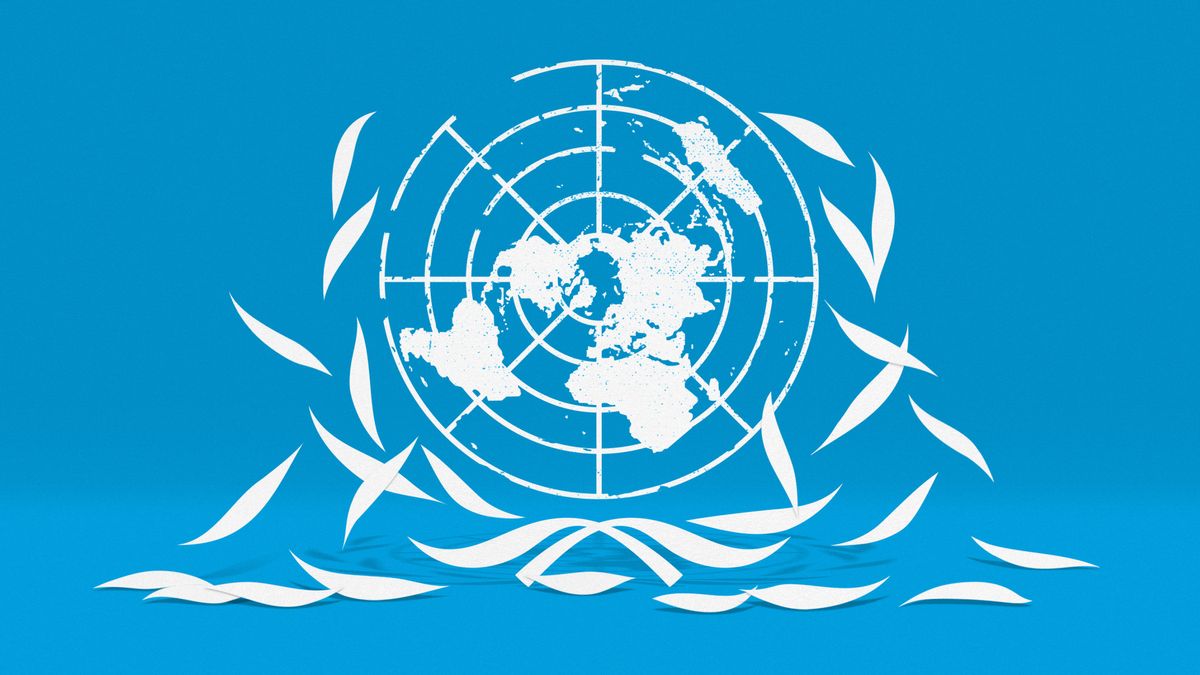
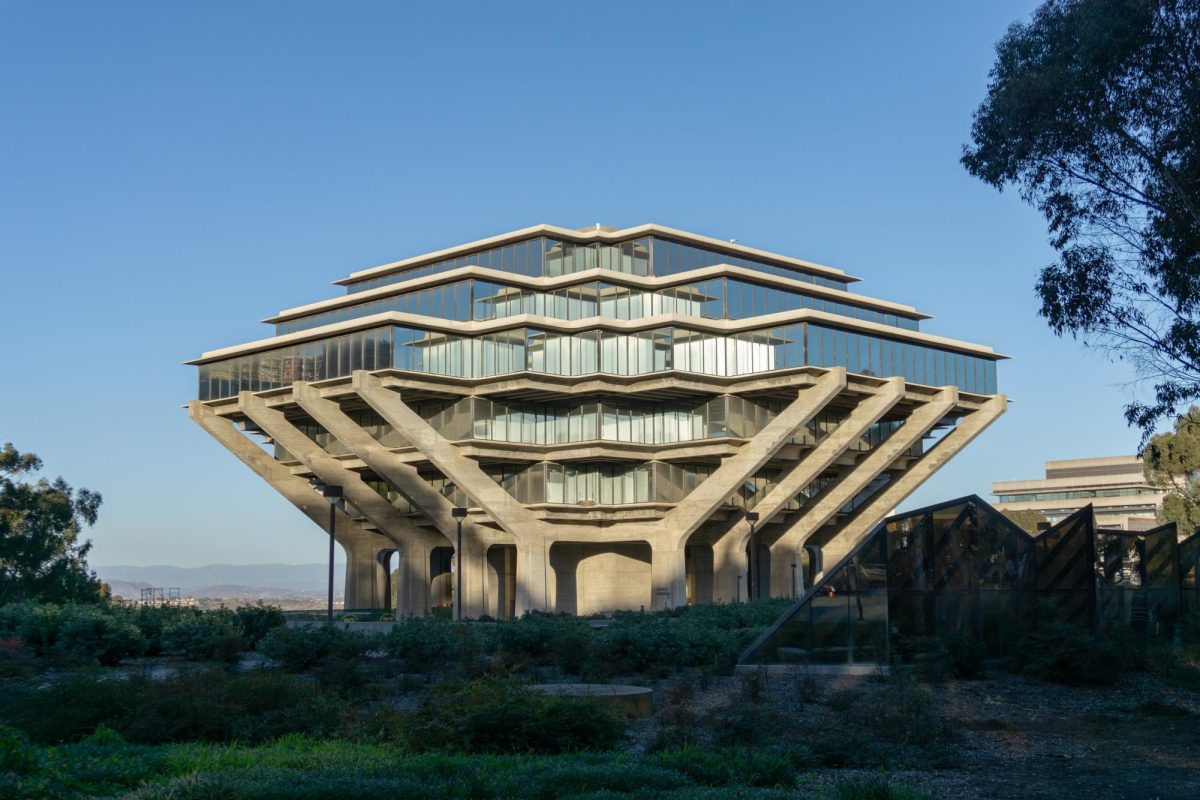
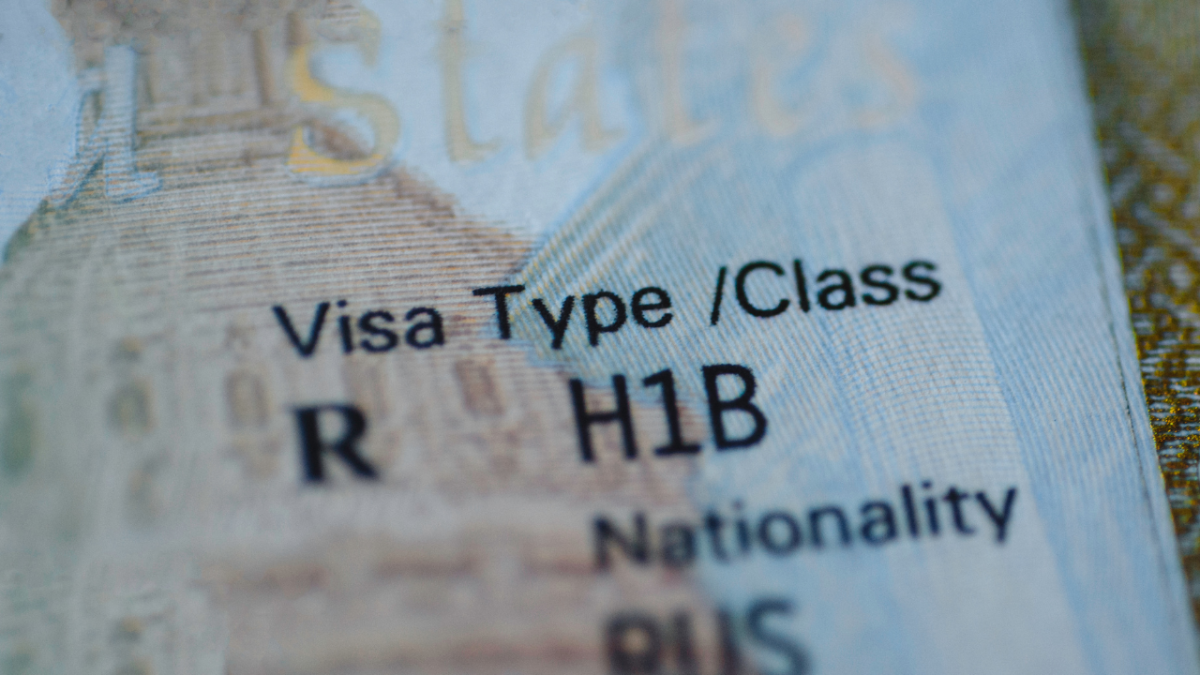






Emilia • Nov 7, 2022 at 11:19 am
However, a person should do everything possible to develop resilience and prepare the body and mind to cope with diseases as they arise. And it is always better to do it in advance, take care of the integrity of your bones now, with the help of this tool https://www.amazon.in/Prorganiq-Magnesium-All-Natural-Supplement-Stronger/dp/B09MN59QW4/
joe • Oct 27, 2022 at 5:07 pm
Ay Roger, go find something else to do at 7:30 in the morning. like getting some bitches
Roger Ogden • Oct 25, 2022 at 7:41 am
Your English’s language skills and photography seem pretty good. Hope you will recover from the hateful, radical Chicano indoctrination and make a success of your life.
Roger Ogden • Oct 25, 2022 at 7:23 am
Oh brother, more anti-white, self-righteous, racist and bigoted Chicano propaganda.